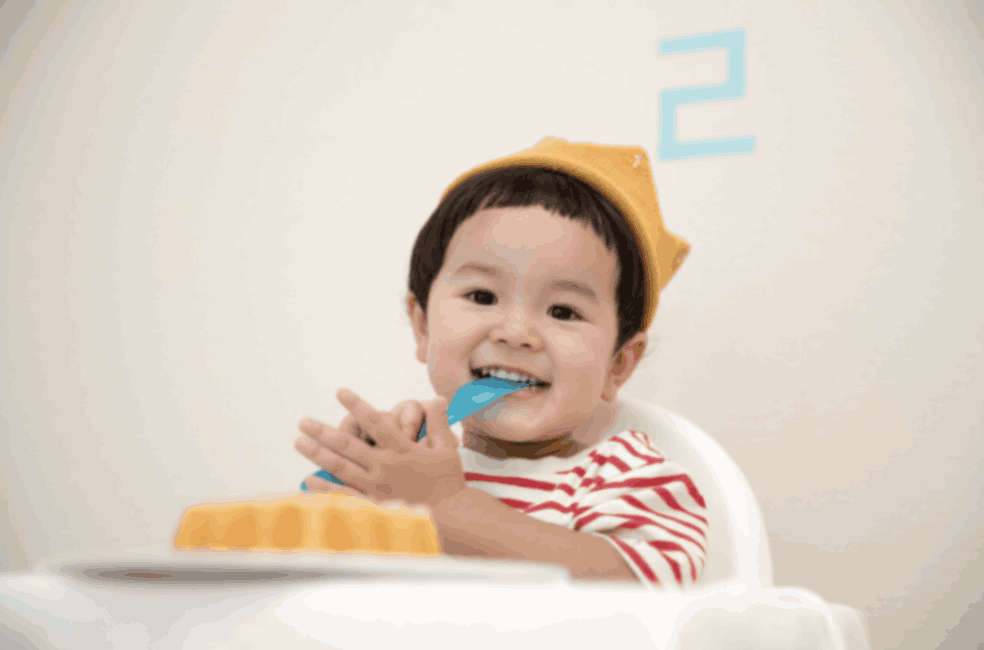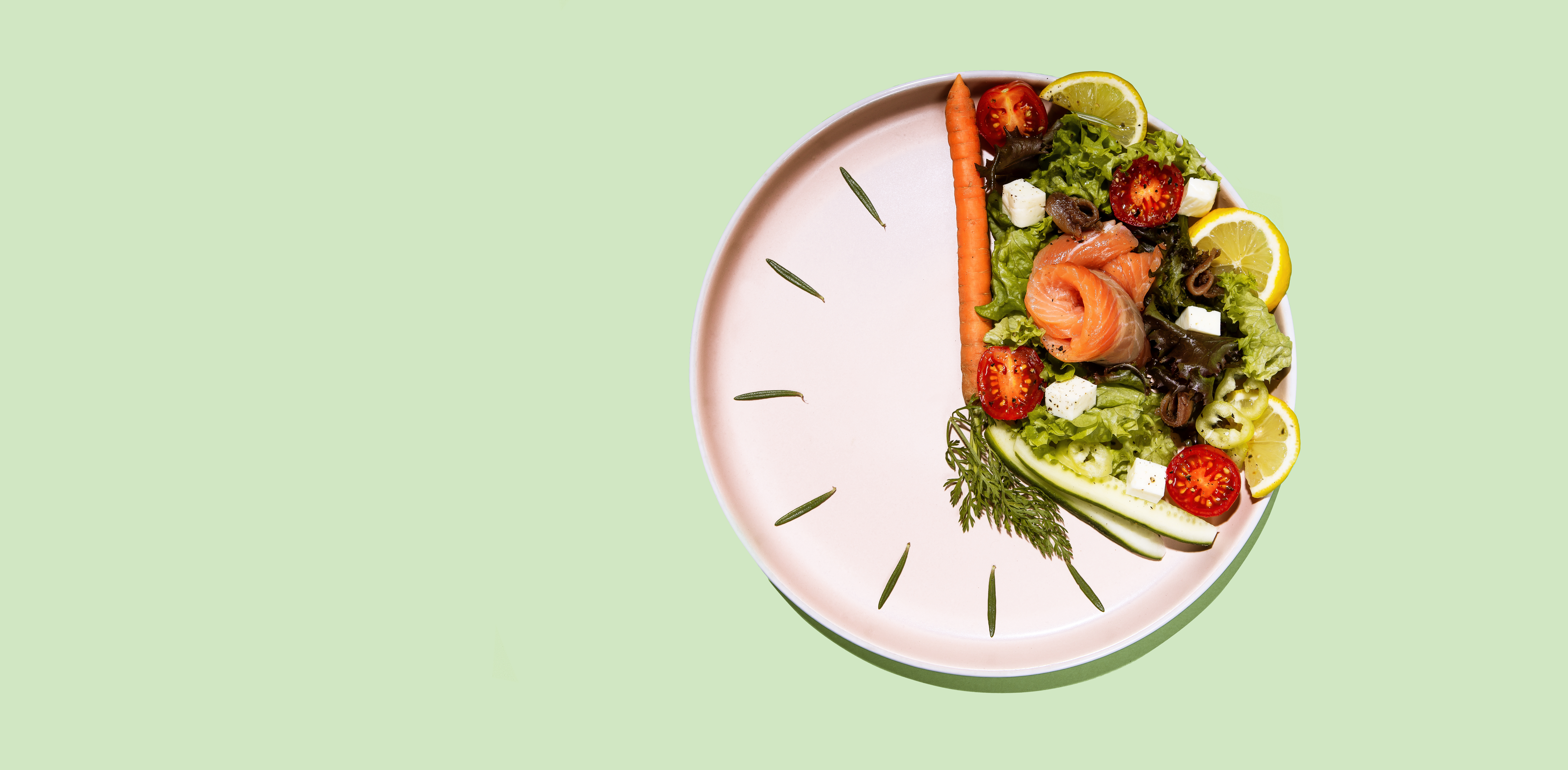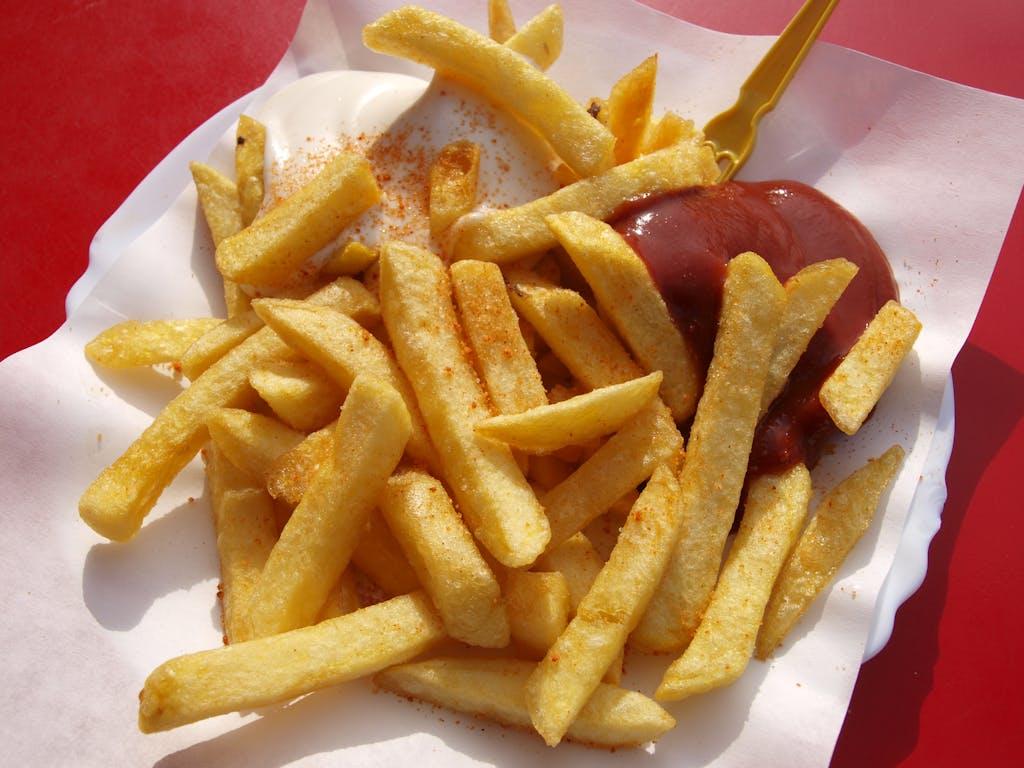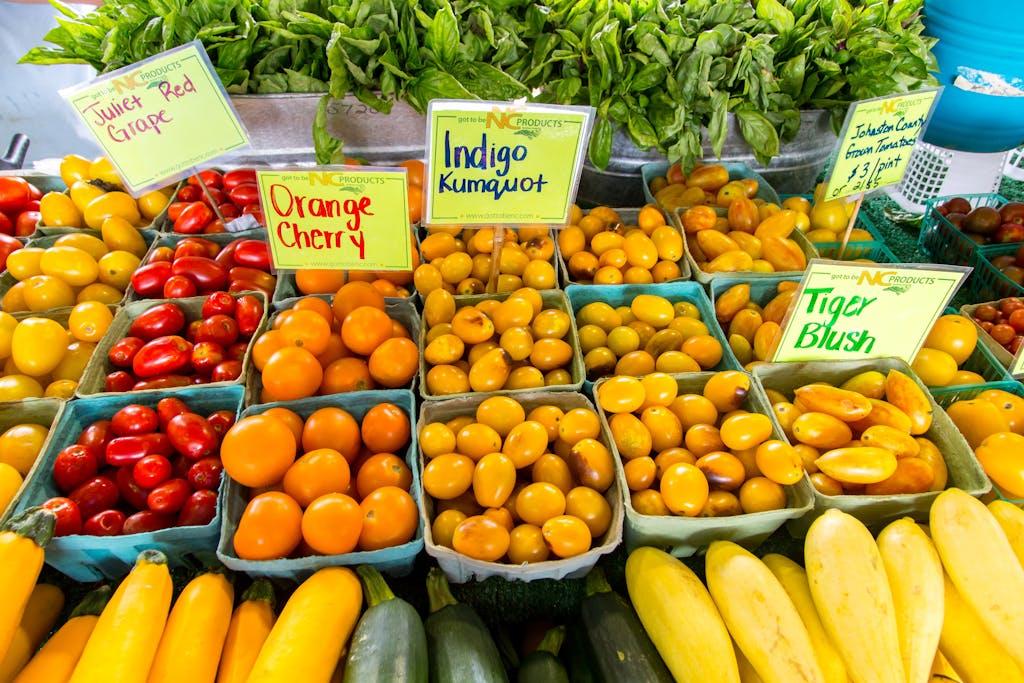Convincing kids to eat healthy may seem like an uphill battle. It’s hard to compete with the roughly $2 billion per year spent on marketing junk foods to kids . While advertisements can be quite persuasive, it’s important to remember that you as a parent are also highly influential.
Culina Health dietitians believe parents play an essential role in teaching kids about healthy eating. Read on for expert tips on how to empower your family to make healthy choices.
How To Teach Kids About Nutrition From a Registered Dietitian
It’s never too early — or too late — to start teaching your kids about nutrition. However, different tactics may be appropriate depending on their age. In general, the earlier on you start laying the foundation for healthy habits, the better.
Keeping things simple, hands-on, and exciting with young children will help keep them engaged in nutritional learning. Getting them involved in a fun way is essential, whether it’s discussing benefits of fruits and vegetables or shopping at the grocery store.
But keep in mind that less is more for older kids. Make sure to give them the autonomy to make their own choices, but provide easily accessible healthy options wherever possible. In addition, you should provide them with detailed information when inevitable questions about nutrition arise.
Regardless of your child’s age, the most important thing to remember is that their behaviors are modeled after your own. Your kids will observe which foods you like, which you avoid, and any food or weight-related comments you make. This is why it is essential to engage in healthy behaviors yourself, and to create a positive atmosphere around food and eating.
Make Mealtimes A Priority
Following routines is helpful for kids in general, and even more so when it comes to eating. Having regular meal and snack times helps children learn when to anticipate food and aids in the formation of eating habits.
Sit-down family meals are especially important. This gives children the opportunity to learn healthy eating habits (as well as table manners) from their parents. Regular meal times have been shown to increase the variety of foods a child likes, as well as improving outcomes for mental and physical health, education, and social skills.
Get Kids Involved with Nutrition
One of the best ways to get kids interested in nutrition is to make them a part of it. Including your children in food-related activities can make them more willing to try new foods and provide them with important life skills.
There’s no wrong place to start. Meal planning, grocery shopping, food preparation, cooking, and clean-up all provide opportunities for your child to get involved. Start out with simple tasks, gradually increasing their responsibilities as their age, confidence, and skill-level increase.
Make Shifts To Healthier Foods for Kids
The shift towards healthier choices begins with you. Children imitate the behaviors they see regularly, so eating a wide variety of healthy foods yourself will have a positive influence. In addition, make sure healthy food is easily accessible during snacks and meals. Providing children with the opportunity to try new, healthy foods (but not forcing them) in a positive environment can make them more likely to do so. Keep in mind that children may need to try a new food between 6-15 times before they start to enjoy it.
You should bring up nutrition in discussions with younger kids in terms of centering around how eating certain foods will benefit them directly. For example, whole grains in bread can give them the energy to run faster in soccer practice. The protein in black beans can help them to build strong muscles, so they can finally cross the monkey bars at recess. The nutrients in walnuts make it a “good mood food,” and can make them feel happier after a bad day at school.
Older children who are more receptive to learning about nutrition can learn in more detail why whole, minimally processed foods are beneficial to their health. Be careful not to demonize certain foods as “good” or “bad,” as this can be detrimental to your child’s relationship with food. As dietitians, we know that a healthy and balanced diet has room for all foods in moderation.
Limit Sugar
As much as kids love sweets, overconsumption of added sugars can be detrimental to their health. In fact, eating too many ultra-processed foods can greatly increase their risk for both metabolic disease and obesity.
The American Academy of Pediatrics recommends that children under 2 years old should not consume any added sugar, and older children should eat fewer than 25 grams (about 6 teaspoons) of added sugars each day.
While this may sound alarming, making sugar (or any food) off-limits is not recommended. Forbidding a food will only make your children more likely to want it in the future. Restricting your children could lead to a higher chance they’ll overeat this food the next time they have the opportunity.
Instead, focus on treating sweets similarly to the rest of foods. You don’t need to allow seconds of dessert after dinner, but do occasionally allow your child to eat sweets at snack time. While this may sound counterintuitive, de-emphasizing the status of sweets will make your child begin to treat them just like other foods. Embracing a relaxed attitude will improve your child’s relationship with food and strengthen their ability to make healthy choices.
Make Fruits and Veggies More Appealing
Though sweets may have endless appeal, the right preparation techniques could help fruits and vegetables give them a run for their money.
The great thing about cooking is that there are many different ways to prepare the same raw ingredients. Take broccoli, for example. While your child may turn their head at steamed broccoli, they may not be able to resist this vegetable once it’s roasted. Cooking methods can greatly affect the taste and texture of different foods. Try experimenting with different preparation methods, as well as seasonings, to challenge your children’s taste buds.
In addition, sometimes foods taste better in combinations. A banana may not be very appealing, but what about if you add peanut butter? Likewise, adding an interesting dressing to a salad may make your child much more interested in eating their greens. Pairing a liked food with a not-as-liked food could help a child learn to give it a second chance.
Curb appeal is another way to entice kids. Take note of the popular packaged foods your children crave, and try marketing your own food. Presentation is everything here—there’s a reason animal crackers and bright-colored candies exist. Use creativity to introduce a variety of colors and shapes during meals to keep things appealing. Making food fun can encourage your children to learn to enjoy healthy foods just as much as any processed snack.
Frequently Asked Questions about Kids and Nutrition
Here are some questions we hear often from our patients when we work with them on family nutrition:
- My toddler will only eat vegetables out of a pouch…is that okay?
In our opinion, eating any veggies is better than eating no veggies. Keep in mind that a child may need to try a food on up to 15 separate occasions before learning to like it. It’s never good to force your child to eat something, and getting upset with your child over their eating habits will likely worsen the situation. Instead, keep offering solid veggies as a regular choice at the table, and model the veggie-eating behavior you want your child to exhibit. Eventually, your toddler should become curious enough to give regular veggies another try.
- What are some iron-rich foods for babies and toddlers?
There are many great options for foods that can increase your child’s iron intake. Some animal sources of these include red meats, poultry, fish, and eggs. Veggie sources include beans, lentils, and dark green leafy vegetables. Whichever you choose, be sure that it is cut to a safe size for your child to consume.
- What are your favorite foods that kids and parents can enjoy together?
Whole foods, such as fruits and vegetables, serve as great snacks that everyone can enjoy. In addition, anything that you have the opportunity to make together with your child is a wonderful option. Keeping your children involved in the food preparation process, from start to finish, can help them appreciate the effort that goes into cooking, as well as the final product. Family recipes and cultural foods are a wonderful chance to share your heritage and healthy eating with your kids.
- What should I cook with my child?
The best recipes to cook with your child are ones that you both love. Depending on their age, simple recipes may be easier. Or, you could prepare a more difficult recipe while delegating easier age-appropriate tasks to them. Try preparing recipes for special treats, as well as for everyday meals.
- What are some great make-ahead and freeze meals for my family?
You can freeze almost anything! Some easy one-pot meals to freeze include vegetable soups, veggie and protein filled casseroles, and turkey or chicken meatballs.
- What are some great healthy snacks that my toddlers and I can share?
Fruit and veggie slices are a great option for this. Pair these with dips such as hummus and peanut butter, or with cheese cubes, for a satisfying snack. You can even get creative and decorate your plate by using the pre-cut produce to make pictures.
- What are some healthy packaged snack options for kids?
Not all snacks need to be freshly prepared to be healthy. Packaged, convenience foods we recommend for snacking include string cheese or BabyBel single-serve cheeses, dried or baked fruit (try Bare), whole grain crackers (try Simple Mills for a gluten-free option), roasted edamame or chickpea snacks, single-serve yogurts (aim for <10 grams of added sugar), trail mix packets, and meat sticks (try The New Primal). There are plenty of healthy kids bars on the market too—just aim for ones with less than 10 grams of added sugar, like Clif Kids Z, GoMacro Kids, or MadeGood bars. An RD can help you build a customized list of convenient snacks based on your child’s dietary needs and preferences.
Final Thoughts On How To Teach Kids About Nutrition
Promoting healthy habits early on can secure a healthy future for your family. Getting your kids involved, discussing how food helps us meet our goals, and creating a positive atmosphere around meals will set your family up for success.
Learn more expert tips on family nutrition by scheduling a session with a Culina Health dietitian.






